Lights and Your Book Collection
13 Nov, 2015
2015-11-13 10:28:16 PM UTC
2015-11-13 10:28:16 PM UTC
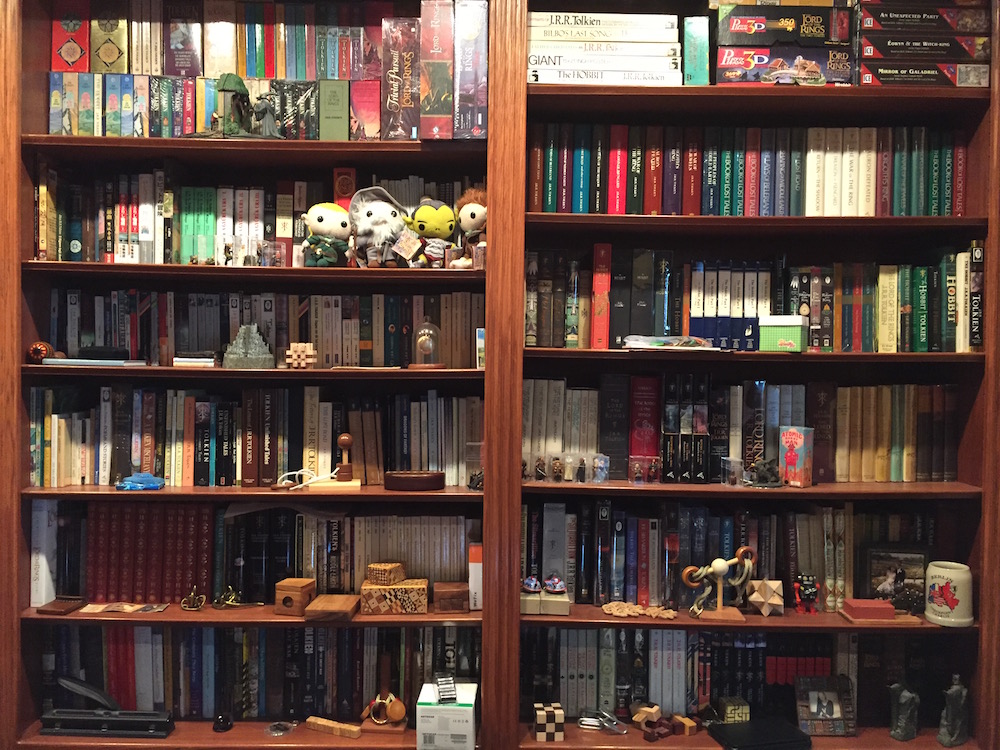
Recently I moved to a new house which has some built in bookshelves in my office space (some pictured right, please excuse the debris which still has not found appropriate homes scattered around the books). As I do not yet have the budget to design and build a personal library to perfection, I (and assumably most of you) have to make due with the space we have. One of the things I struggled with here and in my previous house was how to shelve my book collection so that it is well protected, but also useful and accessible. Specifically, my major concern is the lighting in the room - natural sunlight as well as the lighting built into the house itself. Ultraviolet light (UV) is damaging to many types of artwork and ink colors - this is what causes your dustjackets to have faded spines where the color is washed out compared to other parts of the dust jacket that have not been exposed to the same harsh lighting. So minimizing your collections exposure to UV light is critical.
My previous house I had some inexpensive built-in shelves with glass doors that were UV protected, to minimize damage from the natural light in the room. The only space in the house that the books could fit also had a large skylight, and as I was living in California, bright sunny days were the norm for 95% of the year and the books had a lot of sunlight hitting them most of the day. You can see some of the collection below.
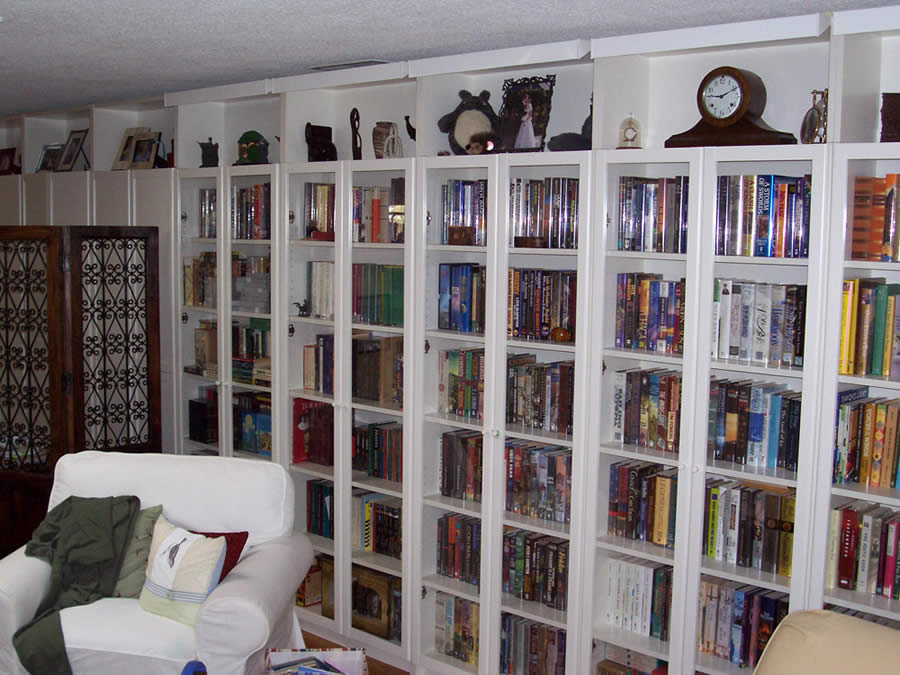
The new book room has a nice large window, but it is well shaded by the roofline and plants outdoors, and has a high quality shade that I keep closed except when I am in the room and the sunlight is not entering the room. So from a sunlight perspective, the books are doing rather well. The construction of the room, however, has four very prominent light fixtures in the ceiling pointing down at the shelves - you can see the brightness in the first photo above. Without dimming the room to unusability, I wanted to get the best quality light for my day job (I work from home in this room as well).
Standard incandescent light bulbs produce a lot of UV light. Also, they produce a lot of Infrared light (IR) as well - in other words, heat - this is why you don't want to touch a lit incandescent light bulb - they can even start fires in enclosed spaces. Compact Fluorescent light bulbs (CFLs) produce a lot less heat, but still produce damaging UV. I also personally don't like them because they are nowhere near full spectrum (the light they emit has large gaps in color frequencies) and they take so long to warm up - a room lit with CFL bulbs can take 10-15 minutes to reach full brightness. Recently, LED bulbs have been introduced and come down in price enough that they are a viable alternative.
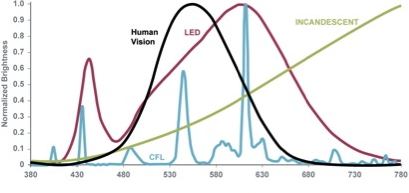 Take a look at the spectrum chart at right to see the different light frequency outputs of the various bulb types. (Image borrowed from an excellent Scientific American article on new light bulb types A better kind of lightbulb?)
Take a look at the spectrum chart at right to see the different light frequency outputs of the various bulb types. (Image borrowed from an excellent Scientific American article on new light bulb types A better kind of lightbulb?)You will see the incandescent spectrum puring out a tremendous amount of red and infrared frequencies (the chart used does not show the full UV spectrum, by the way). See also the CFL line with all the peaks and valleys. The LED bulb curve comes fairly close to the human visual spectrum, with a small bump down in the blue region due to the way the LEDs work.
Given this level of research, I was fairly certain that I wanted to use LED lights but needed to know more about their damaging UV output. There are claims that they have no UV output at all (not completely true), but surely someone else had done some research in this area as well? Sure enough, I was able to track down research done by the Canadian Conservation Institute and the Getty Conservations Institute for museum lighting recommendations - Guidelines for Selecting Solid State Lighting for Museums (pdf). The tremendous amount of work put into that research paper was exactly what I was interested in, and confirmed that there are reasonable LED light fixtures available in 2011 when the paper was published, and certainly more choices today.
I was able to find an LED bulb type that was perfect for my space and lighting needs, and not expensive either - about $5 per bulb. As an aside, that price seems high for a light bulb, but given that these are rated to last 25,000 hours (about 10 years for the number of hours per day) and they use about 80% less electricity, they will pay for themselves in less than two years over a cheap incandescent bulb and save a lot more for as long as they don't stop working. The bulb itself claimed that it had no UV output and was suitable for artwork display purposes, and the manufacturer was easily contacted and provided the test data sheets from when they had the bulb certified (UL, Energy Star, RoHS). The spectrum tends towards the warm (2700K, meaning closer to red than blue) and has an excellent Color Rendering Index (CRI) of 93+. CRI measures how accurate colors will look under this bulb relative to a "perfect" light source, and anything above 90 is considered excellent. Here is the spectrum for the bulb I selected:
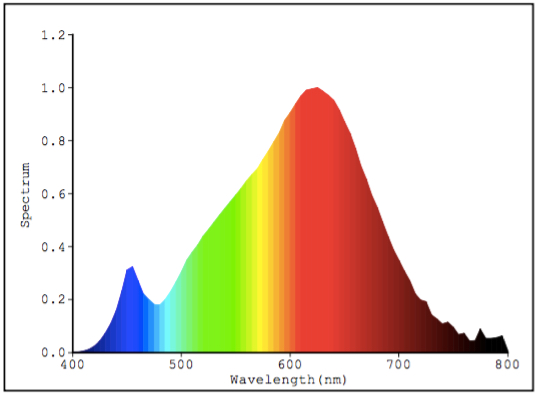
The bulbs are now installed, the books are looking lovely, and I am again confident that my dustjackets will still look new in the years to come!
In conclusion, for your own collection - Avoid sunlight at all costs. Do whatever you have to do to eliminate direct sun exposure, and even minimize ambient/reflected sunlight getting to your books. Seriously consider good quality LED light bulbs in the rooms with your book collection. LED bulbs have come way down in price, are dimmable, have almost no heat and last for many many years of regular usage. Just make sure you find a good quality brand that has minimal UV output claimed, and enjoy your well lit collection! Note that it is still a good idea to keep the lights off whenever possible, as any exposure to light may have detrimental effects, even if truly minimal.










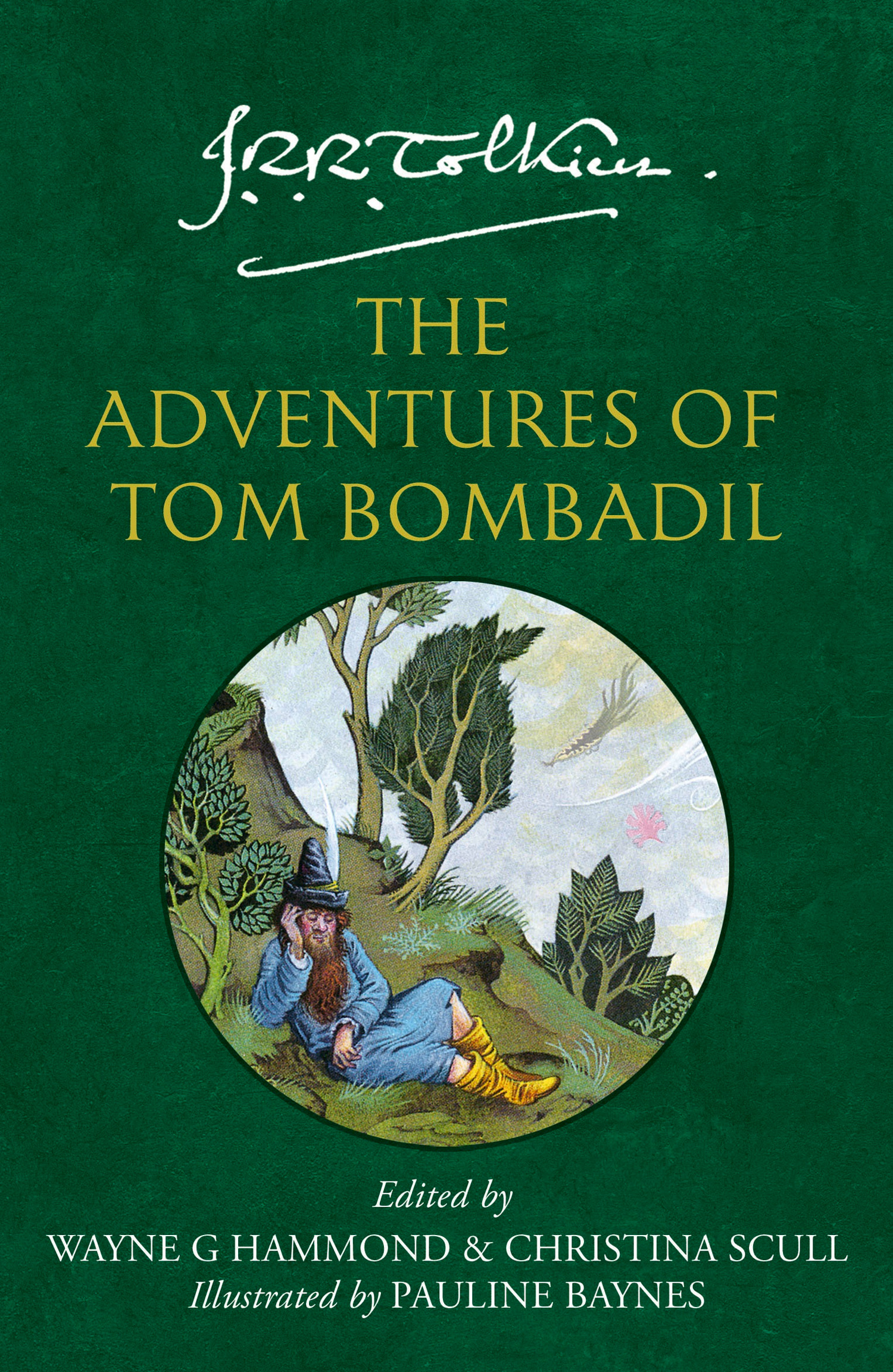
 1
1 388
388